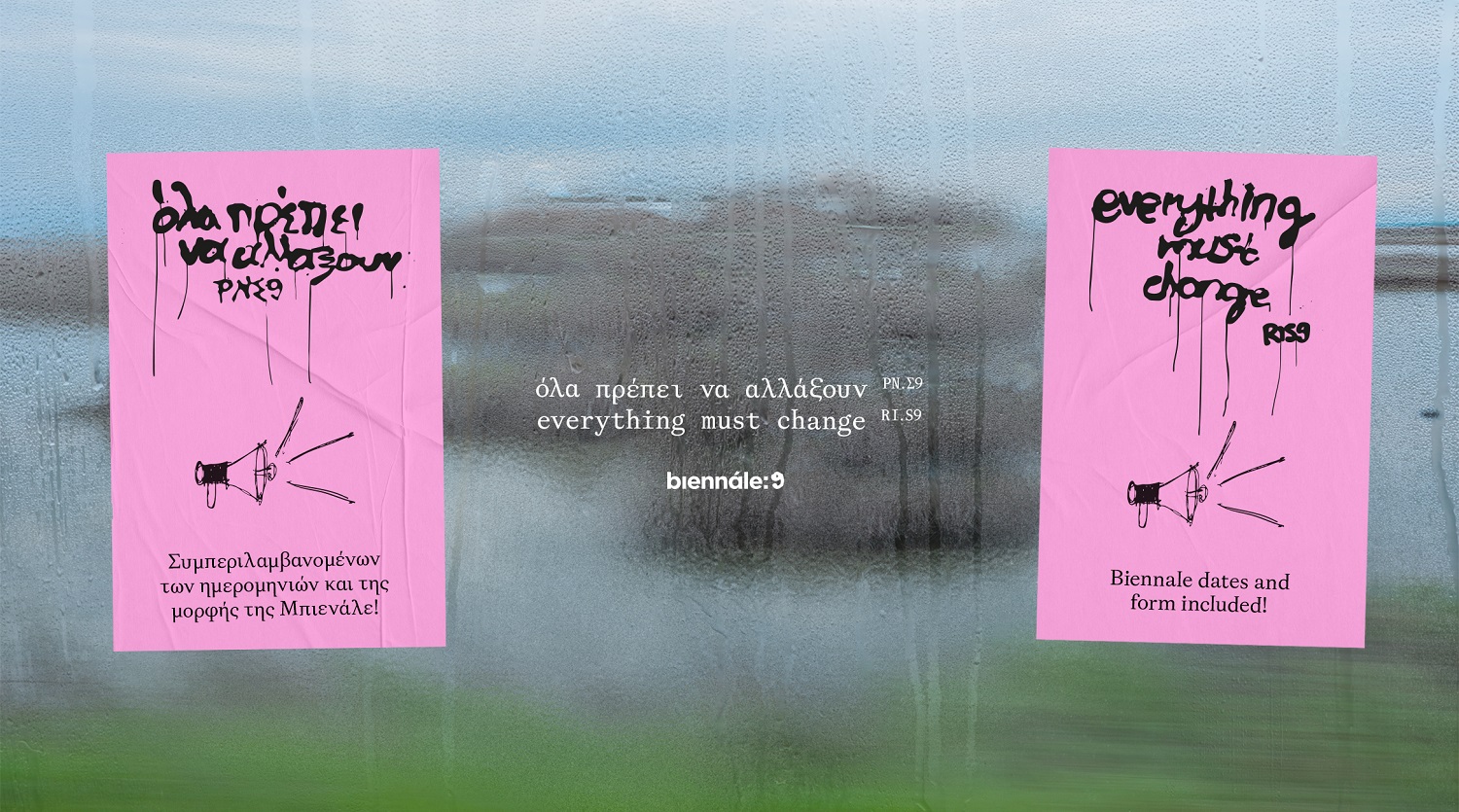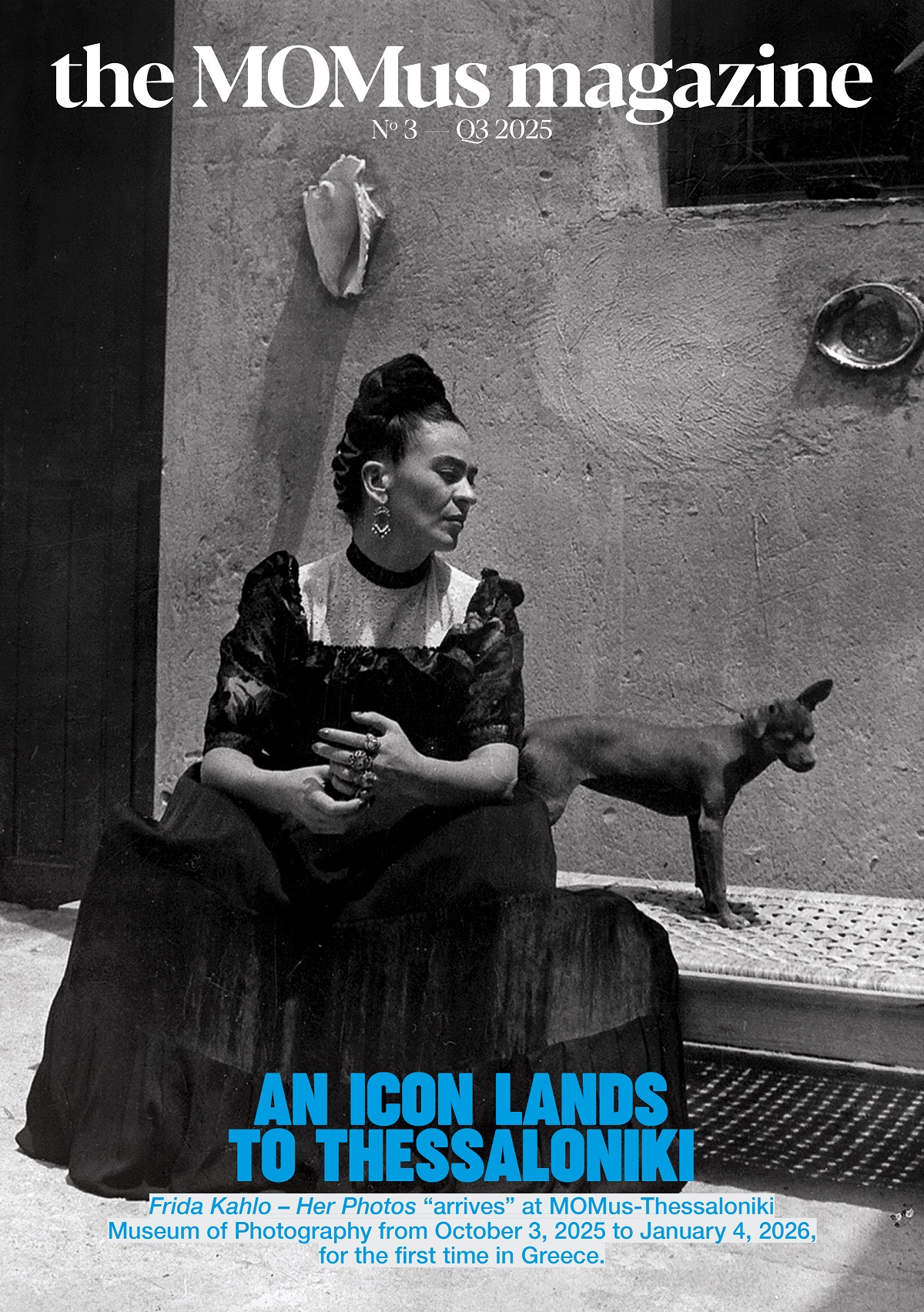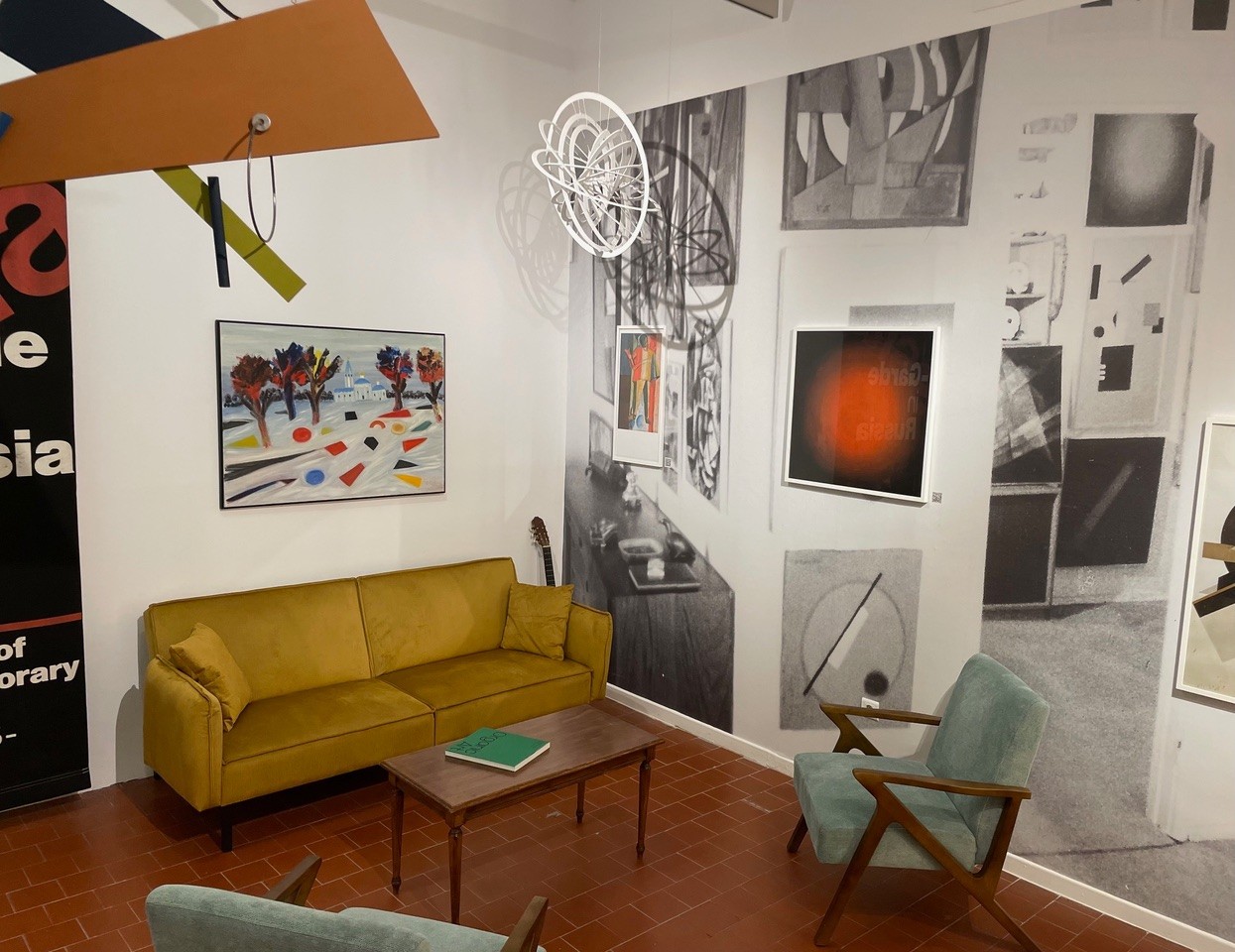Experimental Sound Laboratory at MOMus – Museum of Modern Art – Costakis Collection Led by Andrey Smirnov
Experimental Sound Laboratory at MOMus – Museum of Modern Art – Costakis Collection
Led by Andrey Smirnov
September – October 2023: “Sound Revolution” lecture series
Electronic sound, its history, its dimensions and connection with the present constitute the triptych of these seminar constituted of 4 lectures entitled “Experimental Sound Laboratory at MOMus – Museum of Modern Art – Costakis Collection Led by Andrey Smirnov”
The most prolific and adventurous period in the history of sound experimentation and musical technology in Russian Avant-Garde, but also in the broader European Historical Avant-Gardes, is without a doubt that which ranges from 1910 to the end of the 1930s, when musicians turned to studying Physics and the development of pioneering ideas. Mathematicians started studying music theory and the artists that had understood the major principles of acoustics worked on new methods for the synthesis and transformation of sound.
The Experimental Sound Laboratory at MOMus – Museum of Modern Art – Costakis Collection is based on the historical documents and original electronic musical instruments from the personal collection of Andrey Smirnov relating to that period, and aims at studying the Avant-Garde sound culture and to revive as well as advance the accomplishments of related technologies that proved to be many decades ahead of their time. The value and meaning of these ideas highly exceed the sphere of Russian Avant-Garde. Today, we usually utilize them not being aware of their origins, while multiple ideas evolve in a new, creative manner.
The Experimental Sound Laboratory will develop educational programs in the form of lectures and workshops, targeted to musicians and music historians as well as to the general public, with a distinct interest in Russian Avant-Garde, sound and new media art, electronic and electroacoustic music.
Curriculum Vitae
Andrey Smirnov is a musical artist and researcher, known worldwide for his innovative teaching method and his research in the fields of electronic music and the history of Avant-Garde music alongside visual arts. He is the founder of the Theremin Centre and has been the Head of Sound Laboratory at the Rodchenko Art – School in Moscow. He teaches courses on the history and aesthetics of electro-acoustic music, sound design and composition, new musical interfaces and physical computing.
Andrey has conducted many workshops and seminars, targeted both at professionals and the general public, in the USA, Europe and Russia and he has participated at significant festivals and conferences.
Andrey Smirnov is the author of the books «Sound In Z: Experiments in Sound and Electronic Music in Early 20th Century Russia» (Walther Koenig & Sound and Music, London, 2013) and «In Search of Lost Sound. Experimental Sound Culture in Russia and USSR in the first half of the 20th century» (Moscow, GARAGE, 2020) (The Book of the Year Award, Innovation 2021).
From September 2023, Andrey works as a special scientific associate at Momus Museum of Modern Art, Costakis Collection in Thessaloniki.
Detailed Lectures’ Program
All lectures will be held in English without interpretation.
Experimental Sound Laboratory
Seminar; Lecture Series 2023: “Sound Revolution”
September – October 2023
1.
«The Revolutionary Sound Machines»
Thursday, 28 September 2023 | 18:00-20:00
Momus – Thessaloniki Museum of Photography
Warehouse A, Pier A, Thessaloniki Port Area
While the 20th Century is one of the most over-documented in the history of the world, yet it seems, the history of experimental and electronic sound and music, and the impact that it has had on our culture, is largely unknown even by authoritative scholars. The lecture gives an overview of some of the most important and radical inventions, made in the 1920-30-s by Soviet inventors. Living in famine and poverty, creative people were dreaming about the art, music and science of the future, where everything would be different — a perfect man, a classless society, a perfect science and technology. The Theremin and the Rhythmicon, early synthesizers, noise orchestras, graphical sound, syntones and audio computing — these were just a few of the Soviet experiments in music technology and sound art developed by the artists, actors, filmmakers and poets. Many inventors patented new sound machines intended specially for performance of the noise music. Some devices based on electro-optical, electro-mechanical and newest electronic technologies were ahead of their time by decades.
The lecture is held within the framework of the Electroacoustic Music and Audiovisual Arts Festival “Stereoma” implemented at the venue.
2.
«The Rhythmicon: Electrification of Rhythm»
Saturday 07 October 2023 | 12:00-14:00
MOMus Museum of Modern Art, Costakis Collection
21st Kolokotroni Street, Moni Lazariston, 56430, Stavroupoli
The story of the Rhythmicon - the world’s first rhythm machine, developed in the US in 1931 by the Russian inventor Leon Theremin and American composer Henry Cowell. The project was financially supported by Charles Ives and realized in collaboration with Ukraine born composer and theorist Joseph Schillinger. Henry Cowell wrote a number of compositions for it, including Rhythmicana (Concerto for Rhythmicon and Orchestra (1931)) and Music for Violin and Rhythmicon (1932). Though it was never mass produced, the Rhythmicon is widely acknowledged as the world’s first device – able to play polyrhythms in loops. Joseph Schillinger calculated that it would take 455 days, 2 hours and 30 minutes to play all the rhythm combinations available on the Rhythmicon, assuming an average duration of ten seconds for each combination. Today, its uniqueness and rarity continue to hold a fascination for musicians across the world. One of two survived machines will be presented to the audience.
3.
«The Terpsitone: Dancing in Tune »
Thursday 12 October 2023 | 18:00-20:00
MOMus Museum of Modern Art, Costakis Collection
21st Kolokotroni Street, Moni Lazariston, 56430, Stavroupoli
The story of the Terpsitone - the world’s first motion-tracking system built by Leon Theremin in the US in 1931. It was a variation on the famous Theremin, a musical instrument, which one could play without even touching it. But instead of an antenna for the hand it uses an antenna-platform for the whole body. Dancers’ movements are converted into corresponding tones — moving an arm or a leg is sufficient to produce a noticeable change of tone. According to the press of the time: ‘By means of Prof. Theremin’s latest device, a dancer may create music by the movements of her body. A capacity device in the floor is mainly responsible… The inventive genius of Professor Leon Theremin has at last justified a famous poet in his license. Many years ago, Tennyson wrote: “The dancers dancing in tune”. Though it was never mass produced, the Terpsitone has been successfully used in the 1930-s in the US by a group of dancers, collaborating with Leon Theremin. Later two Terpsitones were built in Russia in the 1960-70-s. Andrey Smirnov’s reconstructions of the instrument will be presented to the audience and available for dancing.
4.
«Sound out of Paper: The History of the Graphical Sound Techniques / Ήχοςπέρααπότοχαρτί: Ηιστορίατωντεχνικώνοπτικούήχου»
Saturday 21 October 2023 | 12:00-14:00
MOMus Museum of Modern Art, Costakis Collection
21st Kolokotroni Street, Moni Lazariston, 56430, Stavroupoli
The story of the Graphical (Drawn) Sound technology of synthesizing sound from light that was developed in Soviet Russia and Germany in the early 1930-s as a consequence of the newly invented sound-on-film technology. When in October 1929 the first roll of the very first Soviet sound film was developed, the idea was voiced: ‘What if we take some Egyptian or ancient Greek ornaments as a sound track? Perhaps we will hear some unknown archaic music?’ It was at this precise moment that Graphical Sound techniques were invented, which made possible access to sound as a visible graphical trace in a form that could be studied and manipulated such that they could be used to produce any sound at will as well as any polyphonic musical pieces, based on mathematical and acoustical data. The laboratories that were soon created became the first-ever prototypes of the future centres for computer music. During the lecture the unique archival recordings of the artificially synthesized soundtracks will be presented.
Participation Information:
- Registrations at info.modern@momus.gror at +30 2310 589143, up until Thursday the 28th of September 2023 at 14:00. An order of precedence will be followed.
- An attendance certificate will be given to participants
- Participation fee:
- €80 / person,
- €60 / person for students, upon presentation of a student ID
- Depending on availability, the cost of participation at a 2-hour lecture is €30/person and €20 for students, upon presentation of a student ID
MORE FROM MOMus




